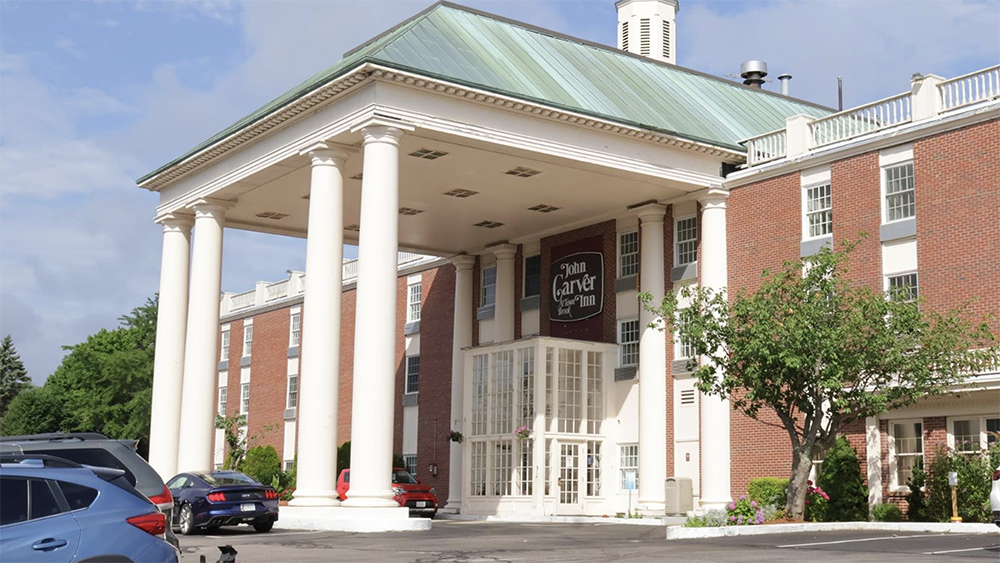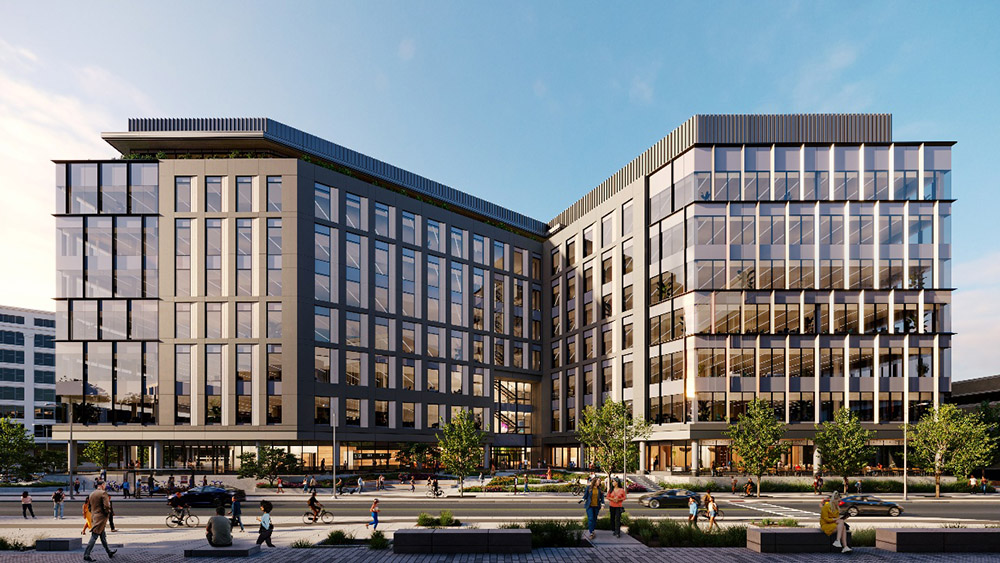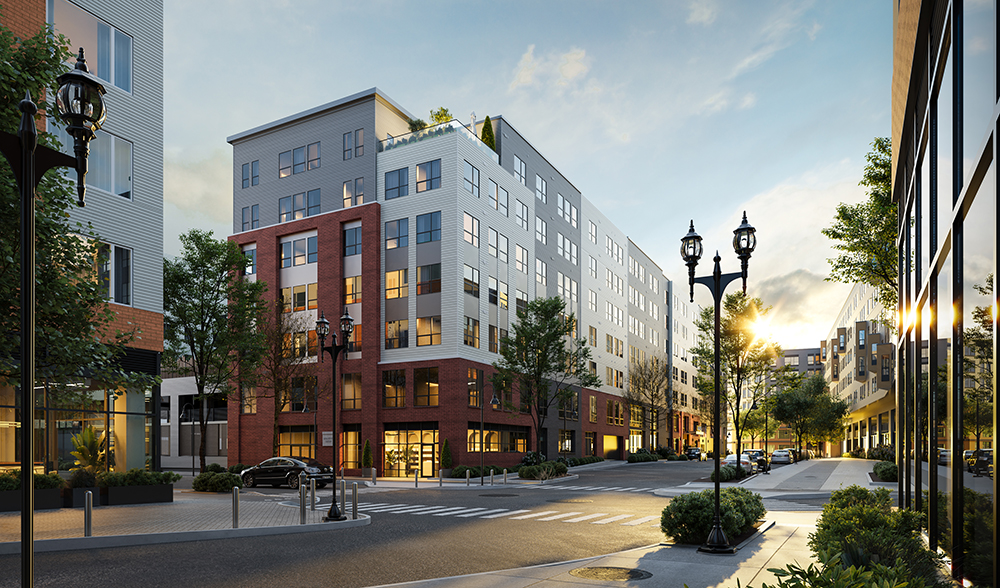Associations, board members and community managers earn high ratings in national survey
Boston, MA Americans who live in homeowners associations and condominiums remain overwhelmingly satisfied with their communities, their homeowner leaders and professional managers, according to a national survey conducted in March by Zogby Analytics for the Foundation for Community Association Research.
“No matter who or when you ask, the answer always comes back basically the same,” said CAI chief executive officer Thomas Skiba, CAE. “A large majority of Americans who live in community associations are happy and satisfied in their communities. This is a testament to how much the community association model has evolved in recent years. The concept has grown up, become well established and become an increasingly successful form of community governance and an essential component of the U.S. housing market. Not surprisingly, it represents a growing portion of our housing stock.” Almost 70 million Americans live in close to 340,000 common-interest communities, from city-sized, master-planned communities and multi-building condominium complexes to urban cooperatives and small homeowners associations built into small tracks of open suburban spaces.
Pollsters have asked the same fundamental question as part of six surveys of randomly selected association residents in the U.S., beginning in 2005: On a scale of one to five, with one being very bad and five being very good, how would you rate your experience living in a community association?
And the Survey Says
The answers have been strikingly consistent. In the March survey, almost 9 in 10 respondents are either satisfied (4 or 5) or neutral (3) on the question. 65% say they are “very” or “somewhat” satisfied, with 22% neutral and just 13% expressing dissatisfaction.
The findings from the six surveys rarely vary more than the expected standard margin of error for national, demographically representative surveys. Community association residents are equally clear with respect to other questions:
• They say their association board members serve the best interests of their communities and that they are on friendly terms with these elected homeowner leaders.
• They say their community managers provide valuable support to residents and their associations.
• They overwhelmingly support community association rules designed to preserve the nature and appearance of the community and protect property values.
• By a two-to-one margin, they believe they pay about the right amount—some even say too little—in association assessments, versus paying too much. Assessments cover services, utilities and amenities provided to residents by the association.
• They want to see less, or at least not more, government oversight and control of community associations.
Findings from the six surveys can be found on the Foundation’s website at www.cairf.org
The keys to successful associations, Skiba notes, are open communication between residents and association leaders, a commitment to transparency in governance, dedicated volunteers and adherence to best practices for association governance and management. Many time-tested best practices are delineated in From Good to Great, a free, downloadable document that includes CAI’s initiative, Rights and Responsibilities for Better Communities. Visit www.caionline.org/good2great.
Mount Vernon Co. acquires John Carver Inn & Spa in Plymouth, MA


IREM President’s Message: Fostering community connections during the holiday season

Recently passed legislation creates opportunities to meet CT’s changing energy needs - by Klein and Feinn


.png)





.png)
